Table of Contents
Industry Applications and Real-World Scenarios
- Finance and Banking: Tight compliance requirements and persistent targeted attacks demand integrated security, granular segmentation, and continuous monitoring provided by Fortinet’s fabric.
- Healthcare: Protecting patient data and ensuring uptime for critical care systems via secure endpoints, encrypted communications, and real-time threat detection.
- Retail: Securing POS systems, guest Wi-Fi, and back-office networks against malware and fraud using UTM and behavior-based analytics.
- Manufacturing: Converged IT/OT security that isolates industrial control systems (ICS) while maintaining visibility across converged networks.
- Education: Scalable NGFWs and secure SD-WAN support remote learning platforms, student networks, and administrative systems under a single management plane.
In each scenario, Fortinet’s adaptive, performance-optimized solutions help organizations address their unique risk profiles and regulatory mandates.
Best Practices for Fortinet Deployment
- Define a Security Baseline: Map organizational assets, data flows, and threat models before selecting product configurations.
- Leverage Centralized Management: Use FortiManager and FortiAnalyzer to enforce consistent policies and streamline updates across distributed sites.
- Adopt Zero Trust Principles: Implement microsegmentation and least-privilege access controls at every network layer.
- Automate Where Possible: Enable security automation and orchestration to respond rapidly to emerging threats.
- Integrate Threat Intelligence: Regularly update signatures and IOCs via FortiGuard services to stay ahead of zero-day exploits.
- Plan for Scalability: Architect your Security Fabric to accommodate future cloud migrations, IoT expansions, and increased remote access demands.
By following these guidelines, organizations can maximize the return on their Fortinet investments while maintaining robust, adaptive security.
What Is Fortinet?
Fortinet is a global leader in cybersecurity, renowned for its broad portfolio of integrated security solutions designed to protect networks, applications, endpoints, and data from evolving threats. Founded in 2000, Fortinet has pioneered a security-driven networking approach that converges networking and security into a unified architecture, enabling organizations to scale protection across their entire digital attack surface without compromising performance.
Under the Fortinet umbrella, key product lines include FortiGate next-generation firewalls (NGFWs), FortiManager centralized management, FortiAnalyzer analytics, FortiClient endpoint protection, FortiSwitch secure switching, and FortiAP secure wireless access points—all orchestrated via a single pane of glass to streamline operations and accelerate threat response.
Core Use Cases of Fortinet
1. Next-Generation Firewalling
At the heart of Fortinet’s offering is its FortiGate NGFW, which extends beyond traditional stateful inspection by incorporating deep packet inspection, application awareness, and intrusion prevention. These capabilities allow organizations to:
- Block Known and Unknown Threats: Identify and quarantine malware, exploits, and intrusions in real time.
- Enforce Granular Policies: Control applications and user behaviors at layer 7, reducing attack surfaces and preventing shadow IT.
- Maintain High Throughput: Leverage purpose-built security processors (SPUs) to inspect traffic at multi-gigabit speeds without introducing latency.
This blend of performance and security makes FortiGate firewalls ideal for data centers, branch offices, and edge locations where visibility and speed are paramount.
2. Unified Threat Management (UTM)
For small to medium businesses (SMBs) or distributed enterprises that require consolidated security controls, Fortinet’s UTM solutions bundle antivirus, anti-spam, web filtering, and intrusion prevention into a single appliance. Benefits include:
- Simplified Administration: A unified dashboard to configure and monitor all security functions, reducing the burden on lean IT teams.
- Cost Efficiency: One-stop licensing for multiple security services lowers procurement and maintenance costs.
- Comprehensive Coverage: Integrated services ensure that policy changes propagate consistently across all protection layers.
This “all-in-one” model is particularly valuable for organizations with limited cybersecurity expertise or budget.
3. Secure Remote Access with VPN
In today’s hybrid work environments, secure connectivity for remote workers is non-negotiable. Fortinet’s SSL and IPsec VPN technologies deliver:
- Encrypted Tunnels: Protect data in transit over public internet links.
- Client-Oriented Security: Endpoint posture checks ensure that only compliant devices gain access.
- High Availability: Clustering and failover support maintain uninterrupted VPN service.
By integrating VPN services with NGFW policies, Fortinet enables granular access controls and continuous inspection of remote traffic, safeguarding branch-to-data-center and site-to-cloud connections alike.
4. Endpoint Protection and EDR
FortiClient extends your security perimeter directly to endpoints, offering antivirus, web filtering, application firewalling, and endpoint detection and response (EDR). Key features include:
- Behavior Analysis: Monitor endpoint processes and network activity to detect anomalous behavior indicative of zero-day threats.
- Automated Remediation: Isolate or remediate compromised endpoints in real time to prevent lateral movement.
- Integration with FortiSandbox: Leverage cloud-based sandboxing for advanced threat analysis.
This end-to-end visibility is critical for organizations facing targeted attacks or requiring strict compliance with data protection regulations.
5. SD-WAN and Network Optimization
Fortinet’s Secure SD-WAN capabilities combine WAN routing, application steering, and security inspection into a single appliance. Organizations benefit from:
- Cost-Effective Bandwidth Aggregation: Dynamically route traffic across MPLS, broadband, and LTE links based on performance metrics.
- Application-Aware Steering: Prioritize critical business applications (e.g., VoIP, ERP) to ensure quality of experience.
- Embedded Security: Apply firewall, IPS, and web filtering at each SD-WAN node, eliminating back-hauling of traffic and reducing latency.
This approach accelerates cloud adoption and optimizes user experience for SaaS, IaaS, and private-data-center connectivity.
6. Cloud Security and Zero Trust
As enterprises migrate workloads to public and private clouds, Fortinet extends its security fabric to AWS, Azure, Google Cloud, and more. Capabilities include:
- Cloud-Native Firewalls: Auto-scaling virtual appliances that match cloud workload demands.
- Security Orchestration: Centralized policy enforcement across on-premises and cloud environments.
- Zero Trust Network Access (ZTNA): Enforce least-privilege access and microsegmentation to limit east-west traffic risks.
This unified approach ensures consistent security postures regardless of workload locations, accelerating digital transformation initiatives.
7. Security Operations and Analytics
FortiAnalyzer and FortiSIEM provide security information and event management (SIEM) combined with actionable threat intelligence:
- Threat Intelligence Feeds: Fortinet’s global threat research shares indicators of compromise (IOCs) across the security fabric.
- Automated Incident Response: Correlate events from multiple vectors to reduce mean time to detect (MTTD) and mean time to respond (MTTR).
- Compliance Reporting: Out-of-the-box templates for GDPR, PCI DSS, HIPAA, and more ensure organizations can demonstrate regulatory adherence.
By automating analysis and reporting, Fortinet helps security teams focus on high-priority threats and strategic initiatives.
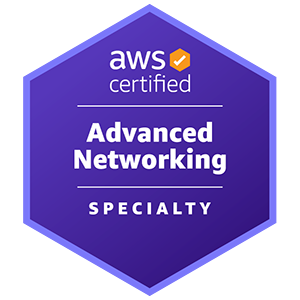
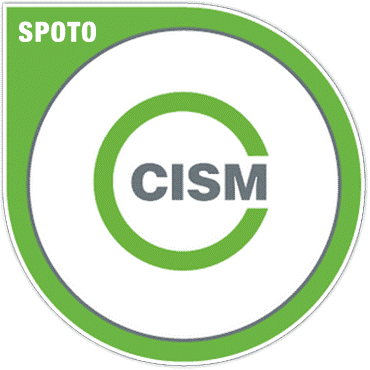

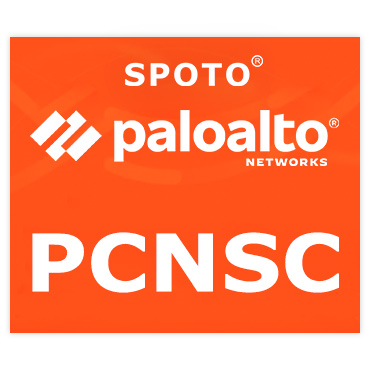

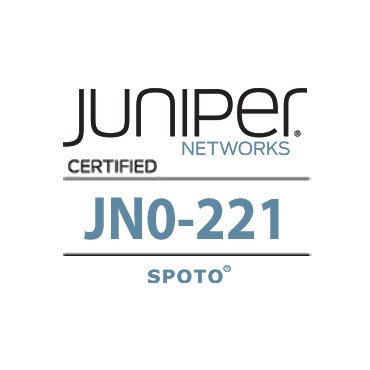

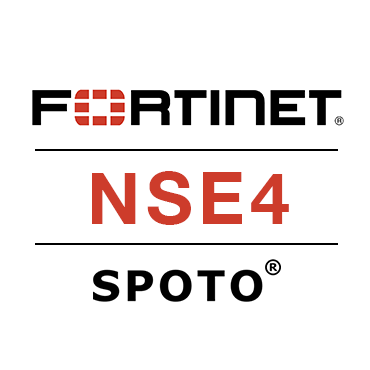
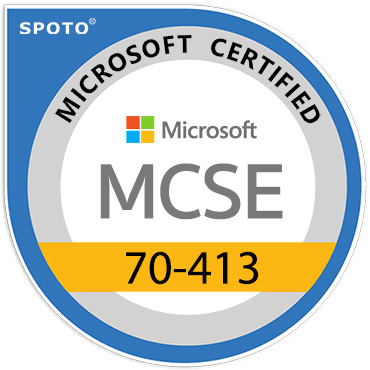

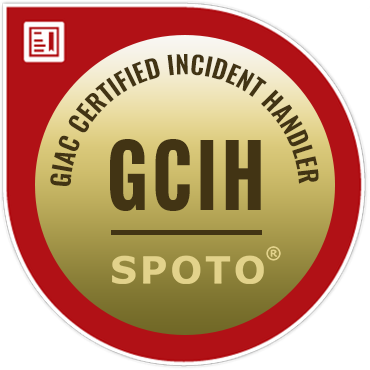

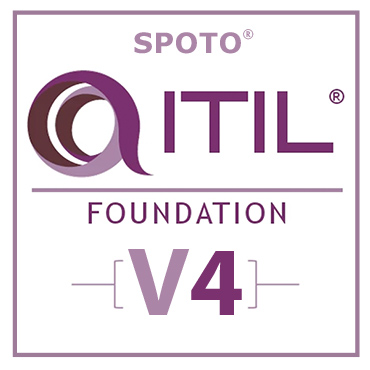
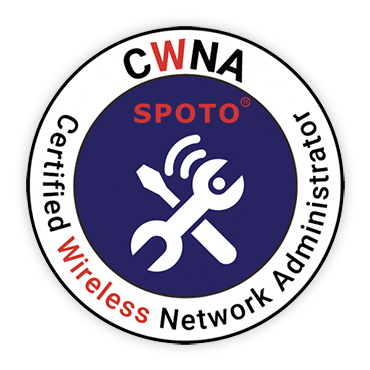
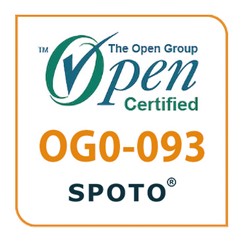


Comments